Plus, are there any big drawbacks?
Wireless charging lets you charge up your gadgets without having to plug in a USB cable. It’s pretty neat, but how does it actually work? Why even bother? What are the downsides?
We’ll tackle everything you need to know about how wireless charging works right here. Soon you’ll forget what all that wire clutter was like!
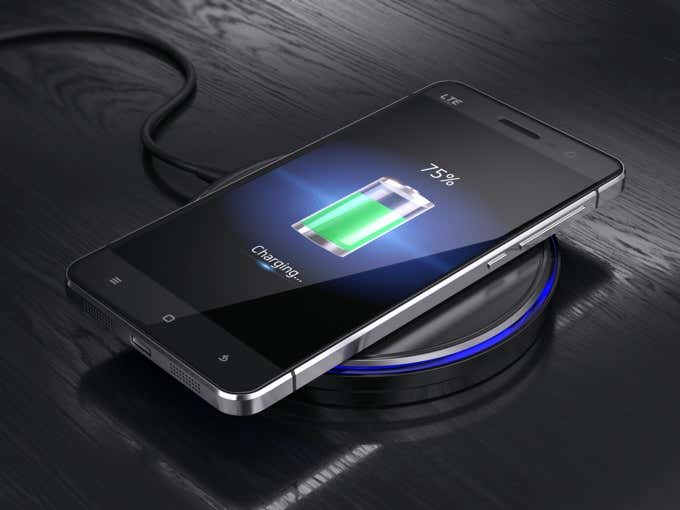
A Matter Of Induction, My Dear Watt(son)
Generally, wireless chargers use a property of magnetism and electricity known as “induction” charging. Basically, electric current is converted into a magnetic field. This field then induces an electric current in the device you want to charge.
That’s a bit of an oversimplification, but it’s essentially what happens in the wireless charging process. There are two coils, one in each device, that convert the energy from one form to another.
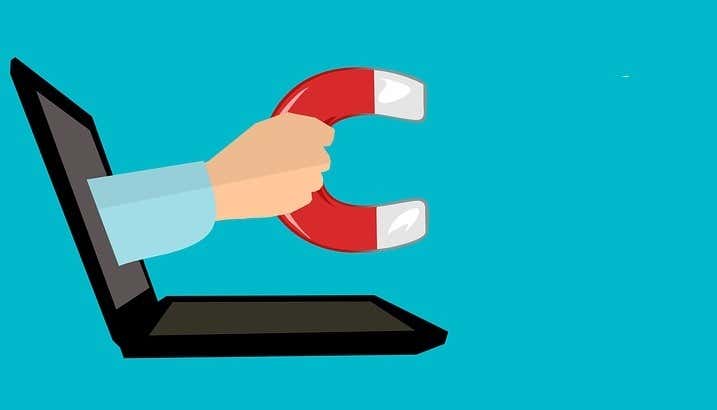
This is the most common form of wireless charging you’re likely to find in personal gadgets such as smartphones or smart watches. Induction charging only works over very short distances. Usually 10mm or less. So although the power is “wireless” you usually need to set the device down on some sort of charging pad for the power to flow. Induction chargers such as these use low frequency signals to move power from the charger to the device.
The Resonant Alternative
Wouldn’t it be cool to just walk into a room and have all of your devices receive power? That’s the promise of resonant charging. Using high-frequency radio waves to send power to devices wirelessly.
The big advantage of this method is that the relatively high-frequency waves can travel much farther than induction chargers can manage. We’re talking multiple feet. So as long as you stay within range of the coil, your device will power up.
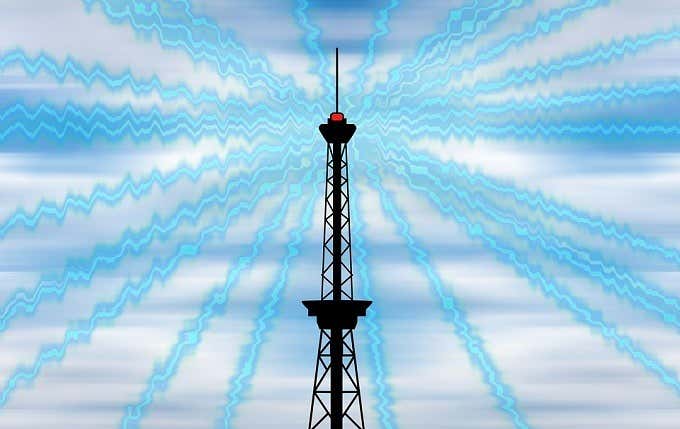
It’s a futuristic idea, but electrical pioneer Nikola Tesla was doing it more than a century ago. Had history gone in a slightly different direction, wireless electricity might have been the standard way of doing things today.
A Two-Horse Race
There are different approaches to how wireless charging works, each with their own pros and cons. Different companies have different visions as to how we all want to use wireless power in daily life. This has given rise to multiple standards for wireless charging and, as you’ve probably guessed, these standards don’t inter-operate.
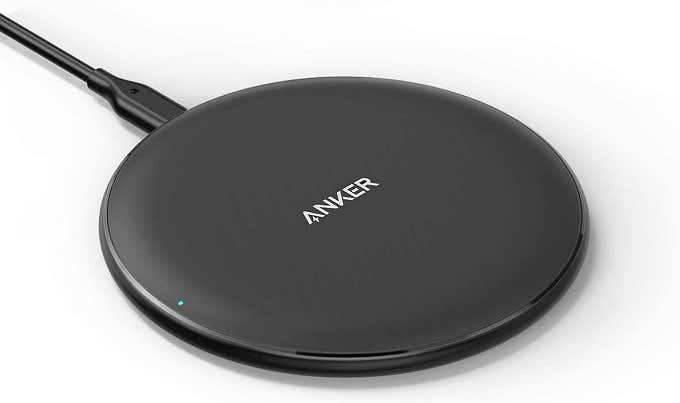
Qi wireless chargers use the short-range induction method and this is what you’ll find in most personal devices that charge wirelessly.
The AirFuel standard uses the long-range resonant method and you’re not likely to find it built into your gadgets quite yet. However, you can buy special charging cases for smartphones that add AirFuel capability to them.
Faster! Faster!
One thing you may notice about wireless charging, regardless of the standard, is that they don’t offer that much power. Fast-charging has become pretty much the standard when using a cable. Modern USB-C smartphones and laptops can often accept anything between 40 and 60 watts. Using USB-C Power Delivery, you can actually move 100W of power over a USB-C cable, but not current lithium ion batteries in a phone can accept that.
Qi or AirFuel chargers don’t offer nearly as much power, but both standards are evolving. At the time of writing, 40W wireless fast charging has started to enter the market and AirFuel hopes to reach 100W at some point in the future. We can also expect battery technology to improve, making it easier to charge devices more quickly.
However, as of right now, one major downside of wireless charging is that it’s slower than using a direct wire connection and it can’t actively power devices that need even a moderate amount of power to work.
One Charger To Rule Them All

One great advantage of wireless charging is that it does away with all the different cable standards. Well. that’s assuming all your devices use the same standard, but Qi charging is becoming pretty ubiquitous for devices like smartphones.
So anyone with a Qi device can simply put it on your pad and charge up. That’s cool, but the real killer feature is the ability to charge multiple devices on the same charging pad at the same time. You need a charger with one coil for each device you want to charge.
For example, “triple chargers” have three coils and therefore three charging spots. You can put three devices next to each other and have them charge at the same time. That can be a pretty elegant solution. For example, if you place a triple charger on a side table in your living room, it’s a central place where people can put their devices.
Devices That Only Charge Wirelessly
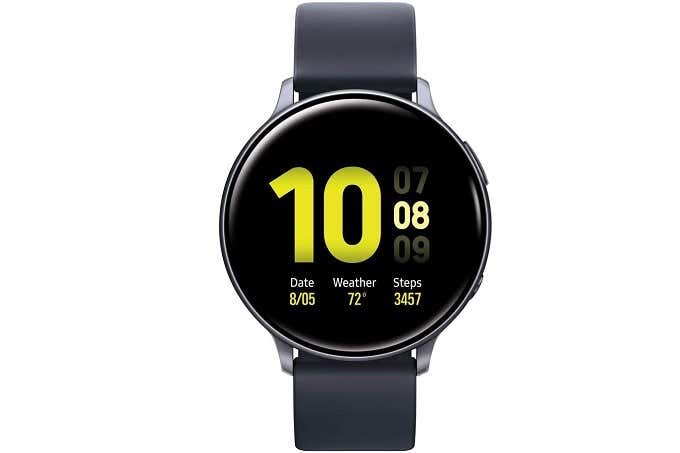
Most devices that charge wirelessly, such as smartphones, also give you the option of wired charging. However, there are some devices that only let you charge them wirelessly. Smartwatches are one example of this and when you think about it, it makes sense.
If you want to create a device that’s truly dust and waterproof, having a bunch of ports can be a pain. Not to mention that small devices such as wireless buds or smartwatches often don’t have space for standard connectors anyway.
How does wireless charging work on larger devices? While there are as yet no phones, tablets or laptops that we are aware of with exclusive wireless charging don’t assume it will never happen. A completely sealed device that uses only wireless communication and charging would open up new doors when it comes to ruggedization and design.
Phones & Power Banks That Provide Wireless Charging
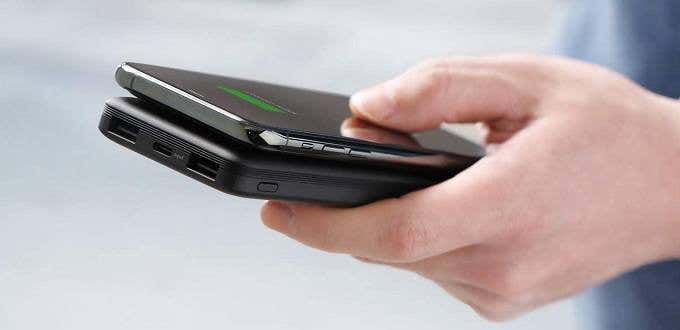
Wireless chargers themselves have gone wireless in the sense that you can now get power banks and even smartphones that can charge devices wirelessly using the Qi standard.
Smartphones such as the Note 10+ have a feature known as “Wireless Powershare” and it’s very handy for charging devices such as wireless earbuds or smartwatches. Wireless power banks are of course also useful for that use case, but it also brings up the interesting possibility of sticking your phone to the power bank and temporarily using it as one cable-free hunk.
A Wireless Future
Short-range Qi induction charging is certainly here to stay, but we’ve seen some impressive demonstrations of long range charging using the resonance method. Fitting an LCD TV with a receiver coil, simply bringing it within range of another coil installed within a wall will power it on.
With both power and data transfer possible wirelessly, there are new avenues product designers can take. We might be heading for an interesting future of devices that always have power, don’t need to be opened and in some cases may no longer need batteries to operate.
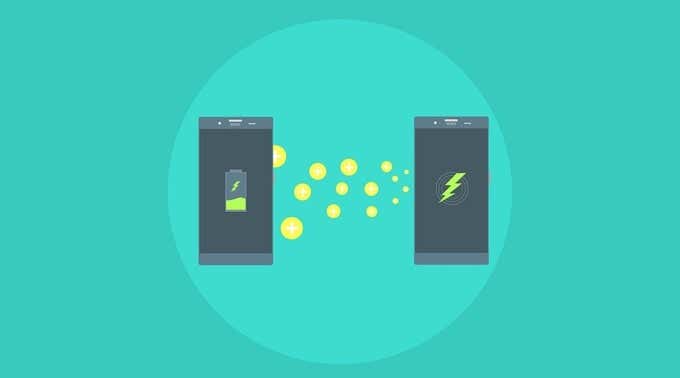
Of course, it will be some time until long range wireless power becomes the norm. You can certainly expect quite a bit of pushback as well. There’s already plenty of (usually unwarranted) concerns about electromagnetic radiation technologies such as 5G causing health issues or environmental problems. We expect the same sorts of complaints to arise when long-range wireless power transmission becomes more common.
For now however, no one seems to have an issue with very short range induction charging. How many of your devices can charge wirelessly? How often do you use that feature? We’d love to hear about it in the comments.





